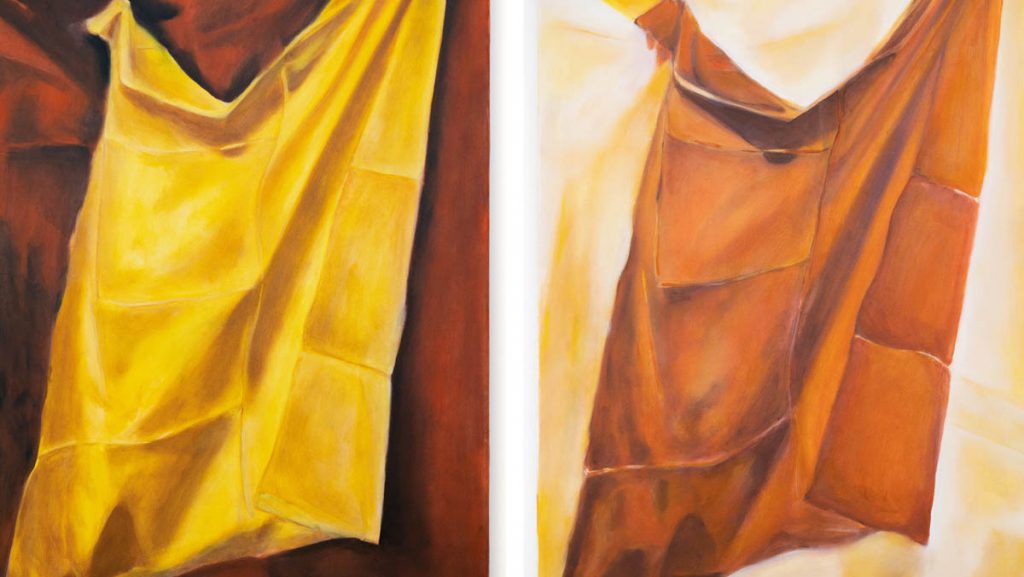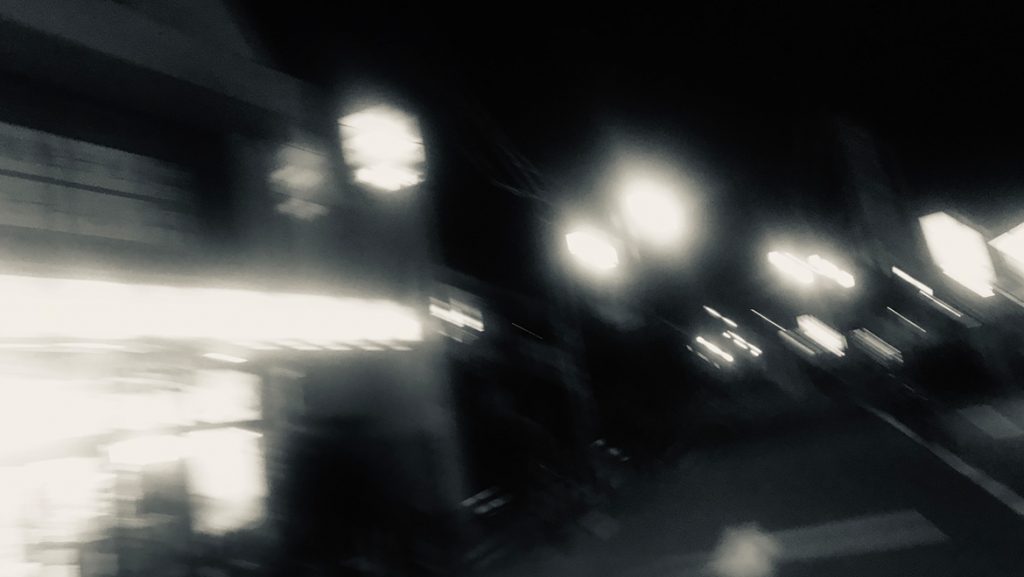Trained in theatre and visual arts at Moscow Academic Fine Arts Institute at first, and at Moscow Institute of Contemporary Arts (ICA) later, her art practice is accentuated by laborious painting technique, theatrical working with space, using installation and performance for creating a forthright but sophisticated visual effect. Apart from creating her artworks, she worked in a theatre as a costume and set designer from 2008 to 2018. Besides, Alexandra worked from 2005-2018 as a professor of a contemporary art department in Moscow Art School, „Detail“ from 2008-2017, and she was an invited professor in International Art university, Junjou, China
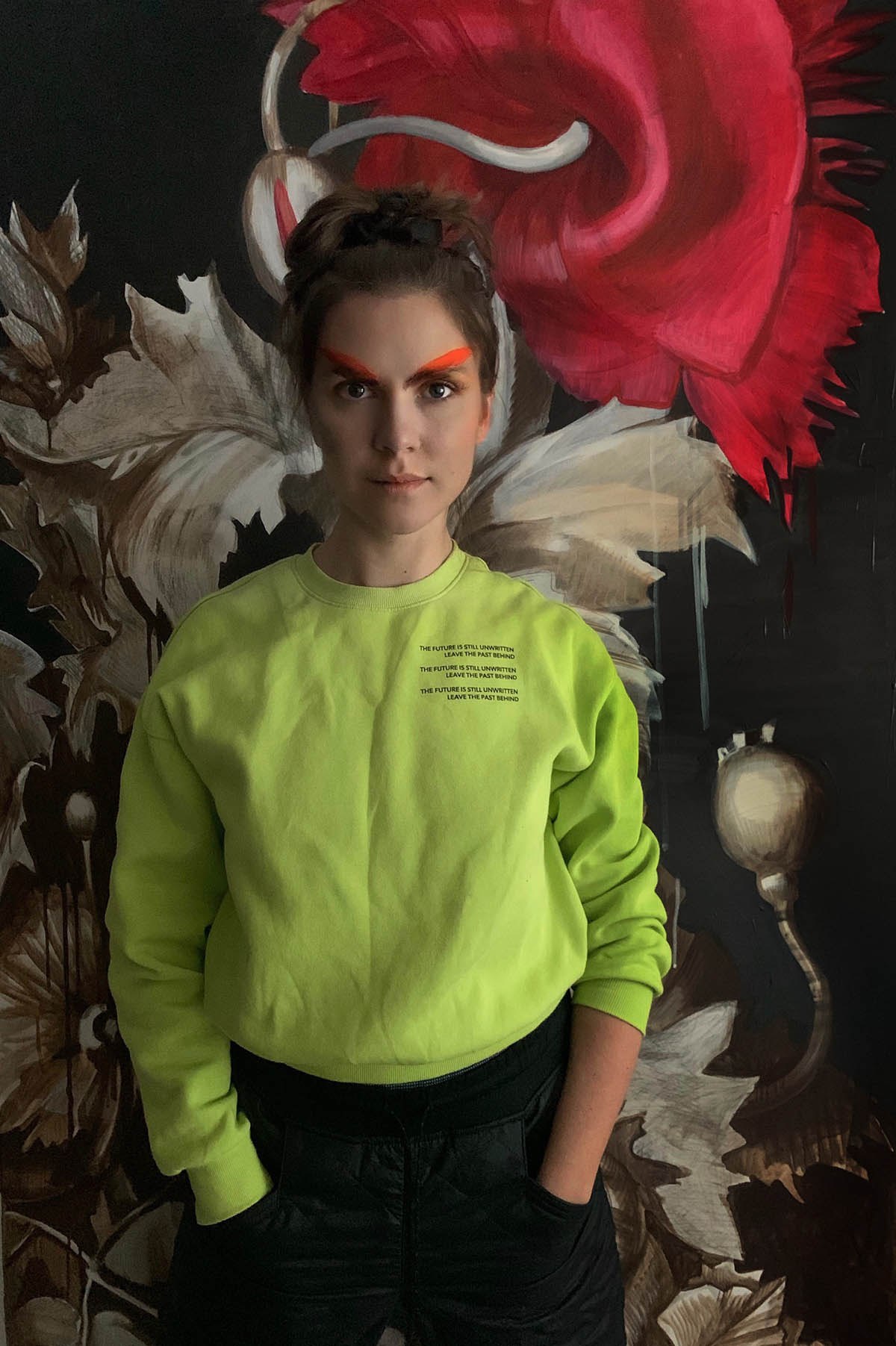
How do you get your inspiration? What topics are you interested in?
As an artist, I am fascinated by the aesthetic of imperfect bodies and flesh as it is. I like to explore how a body works and what it consists of by the visual language of painting. I do admire how evolution has created these ideal machines. However, I am not so concerned about the flesh itself, but related issues like immortality, the vulnerability of the flesh, cloning of human organs, sexual and gender relationships, as well as the relationship between body and mind.
I have been inspired by the works of Jane Saville and Lucian Freud, Ana Mendieta, Anselm Kiefer, the soviet painter Alexander Deineka, as well as Renaissance artists and their deep philosophical meanings in the art. Nothing was accidentally in their paintings, everything had a thoughtful meaning. Since I admired the old masters, I like using their strictly phased system to create my large canvases. I make a compositional sketch for each work, then a drawing, then a grisaille in a brown-white tone, and only then, if necessary, I apply a layer of colour. This very laborious technique creates the effect of naturalness of the flesh. Also, it makes it possible to enlarge fragmentation and the creation of large-size paintings.
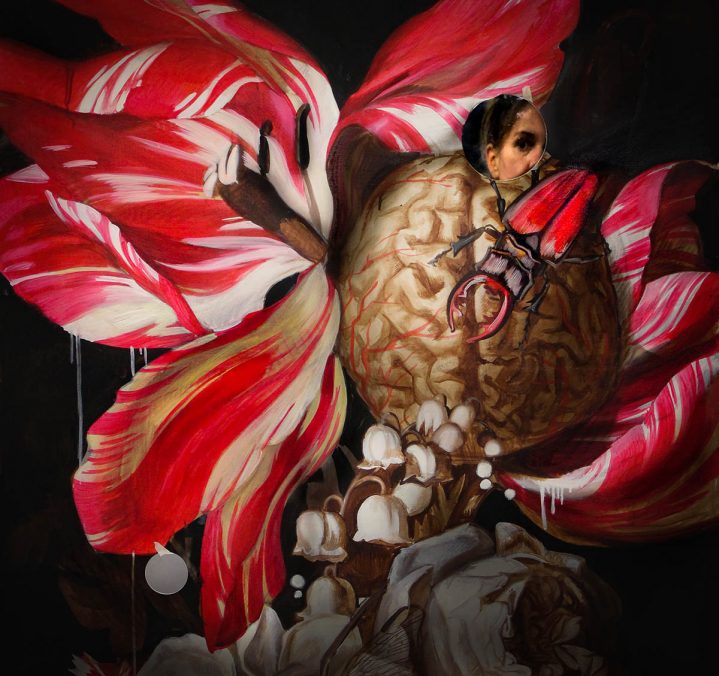
vienna russian artist 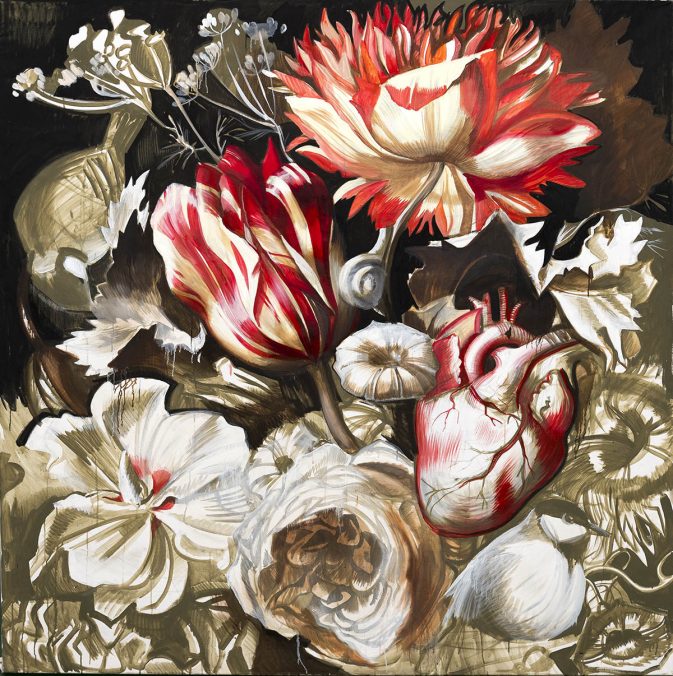
Interview with Alexandra Suvorova
Art is a necessary condition for my existence, on the one hand, protection from external conditions, on the other hand, it is the facility with which I explore life.
How do you spend your day?
My daily routine consists of every day`s visits to my studio, where I always have something to do, either creating artworks or necessary administrative job. Usually, I do my creative part of work in the first part of the day, catching a short time of daylight and do my administrative part in the evenings.
Post-pandemic society. Please tell us more about that project.
The French philosopher Michel Foucault, in his famous book „Discipline and Punish“, among other things, pays considerable attention to the plague epidemic of the 17th century. He believed that fighting the spread of infection was more than just caring for health. Rather, they are steps towards discipline, isolation and control over society. However, not only social life is subject to control, but also a person’s personal experiences. For years, the instilled thought of positive thinking has faltered in the face of the panic of the apocalypse. It is the desire to hide existential horror behind the ornate beauty of baroque motifs that my project „Post-Pandemic Society“ is dedicated to. This series of paintings with installation elements, turned out to be very personal. Referring to the experience of the painting of the Baroque era, a period when epidemics of plague were also raging, under the guise of complex ornamentation, I tried s to hide her tormenting questions – what will the new post-image society be like? Will the world never be the same again? Trigger words, hashtags or tags are organically woven into the images of flowers, and what seems to be simply intended to please the eye takes on an almost infernal shade in the series. In my opinion, you can see the similarities between the present time and the Renaissance or Baroque, the time when the first medical atlases and the first astronomical studies were created.
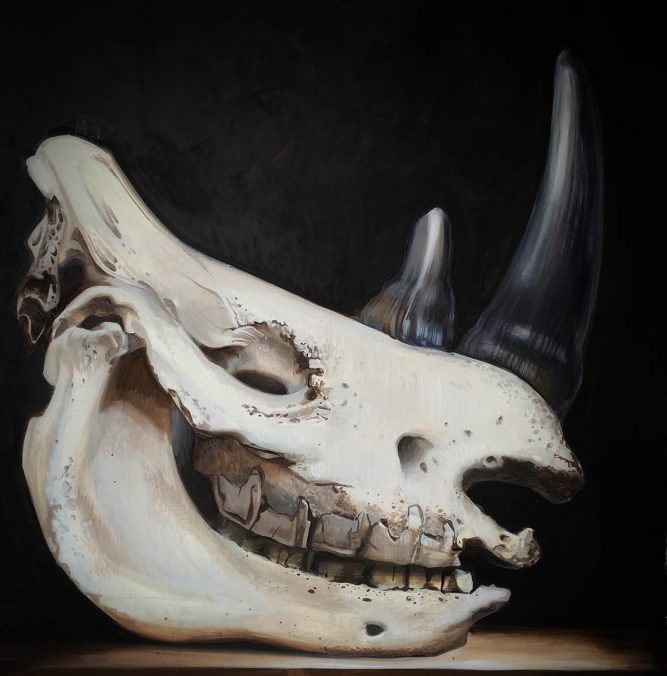
Interview with Alexandra Suvorova 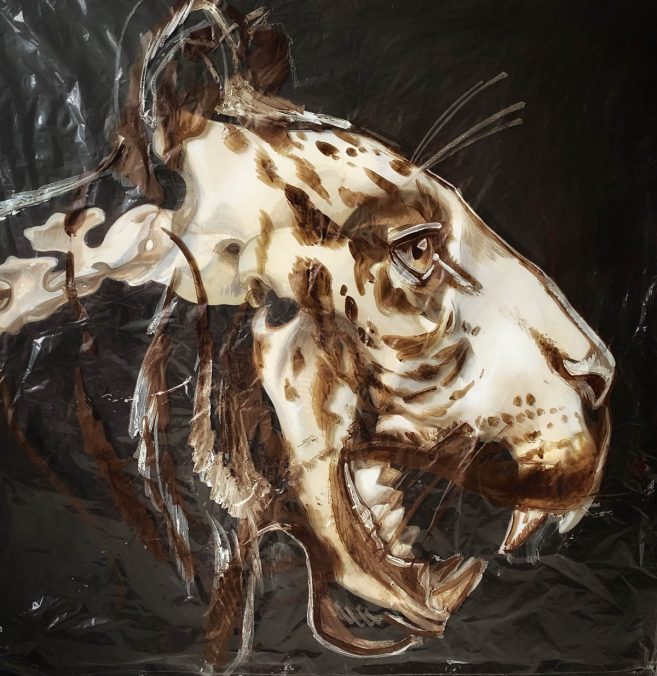
Interview with Alexandra Suvorova
It was also interesting for me to comprehend how I react to a difficult time of a pandemic, how difficult it is for me to express my emotions in words, and therefore I expressed them in my usual painting language. For me, these series are very personal for me, because, besides the words like a “Post-pandemic society“, “fear“, “pain“, “The world will never be the same“, hidden in the layers of a painting by analogy with me when it is difficult for me to express negative emotions and I hide them under the mask of courage. Also, a good friend of mine died from the virus during the pandemic, and in her memory, by analogy with the Asian tradition of tying ribbons to trees in memory of the dead, I mounted a bloody ribbon to my painting in memory of all those who died in this pandemic. In my series, I clearly follow the stages of a painting by the Renaissance masters, namely, a compositional sketch, grisaille, and only then multiple glazed layers. With this technique, I emphasize the connection between modernity and the Renaissance. For me, this series was very personal, while working on it I tried to rethink what was happening with the whole society and specifically with me at this difficult time.
Can you tell us something about the theatre scene in Moscow?
I believe that the Moscow theatre scene is various and vivid, either academical and classical performances or experimental and modern. My personal opinion is that on the growth of the public interest influenced several rather significant theatre festivals as Golden Mask, brilliant Checkhov international Festival and experimental international Festival-School Territory. I have been watching the growth of interest since first award Golden Mask in 1995 and till now. So, it is a positive example of how just a few professional initiatives could change the entire system. Also, I would like to mention Russian contemporary classical music stage and to write about several outstanding music collectives and composers as Vladimir Martynov, Kirill Richter and his collective Richter trio, and my favourite Pratum Integrum, musicological research of Baroque period undertaken by Pavel Serbin.
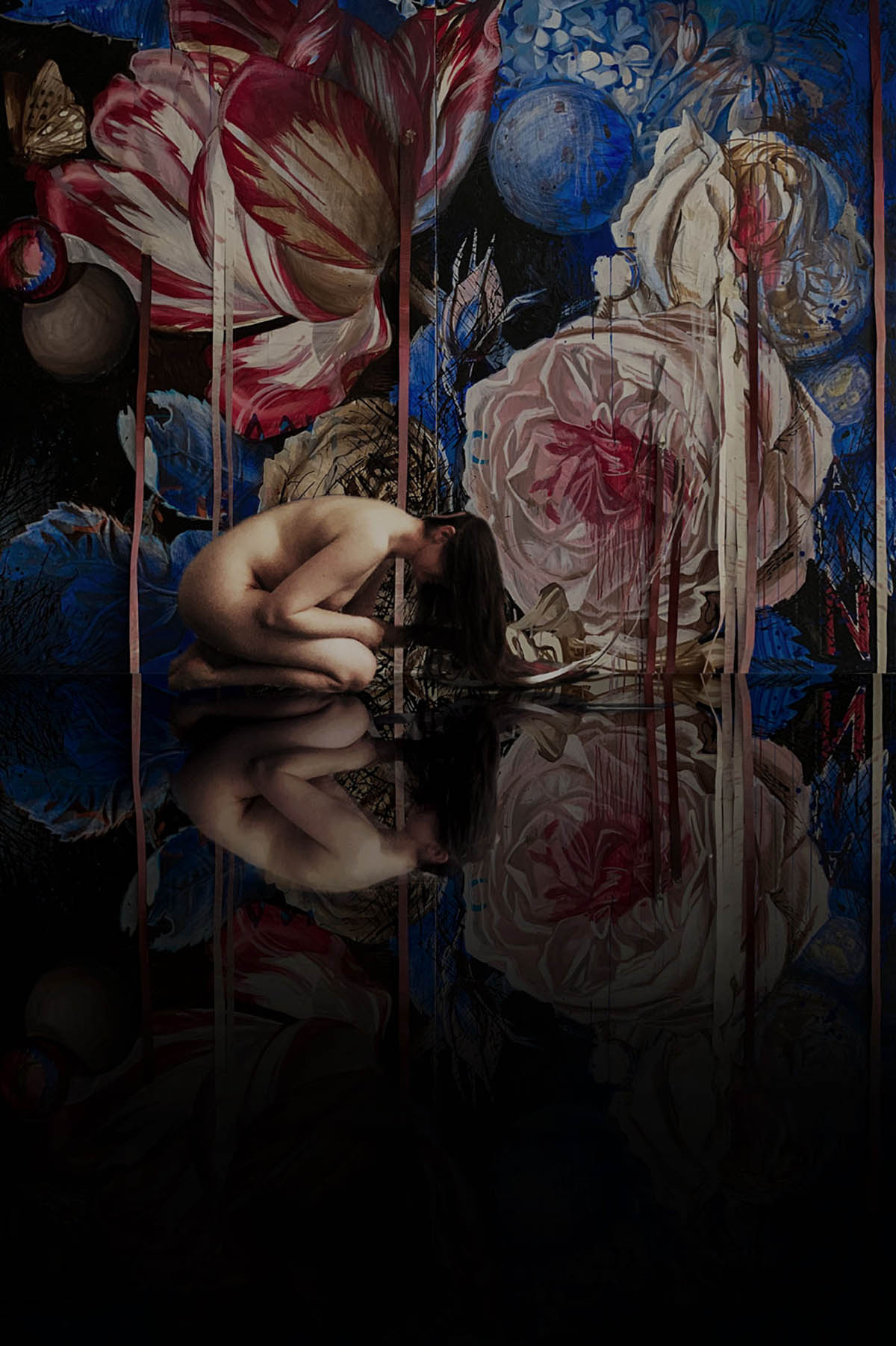
vienna russian artist 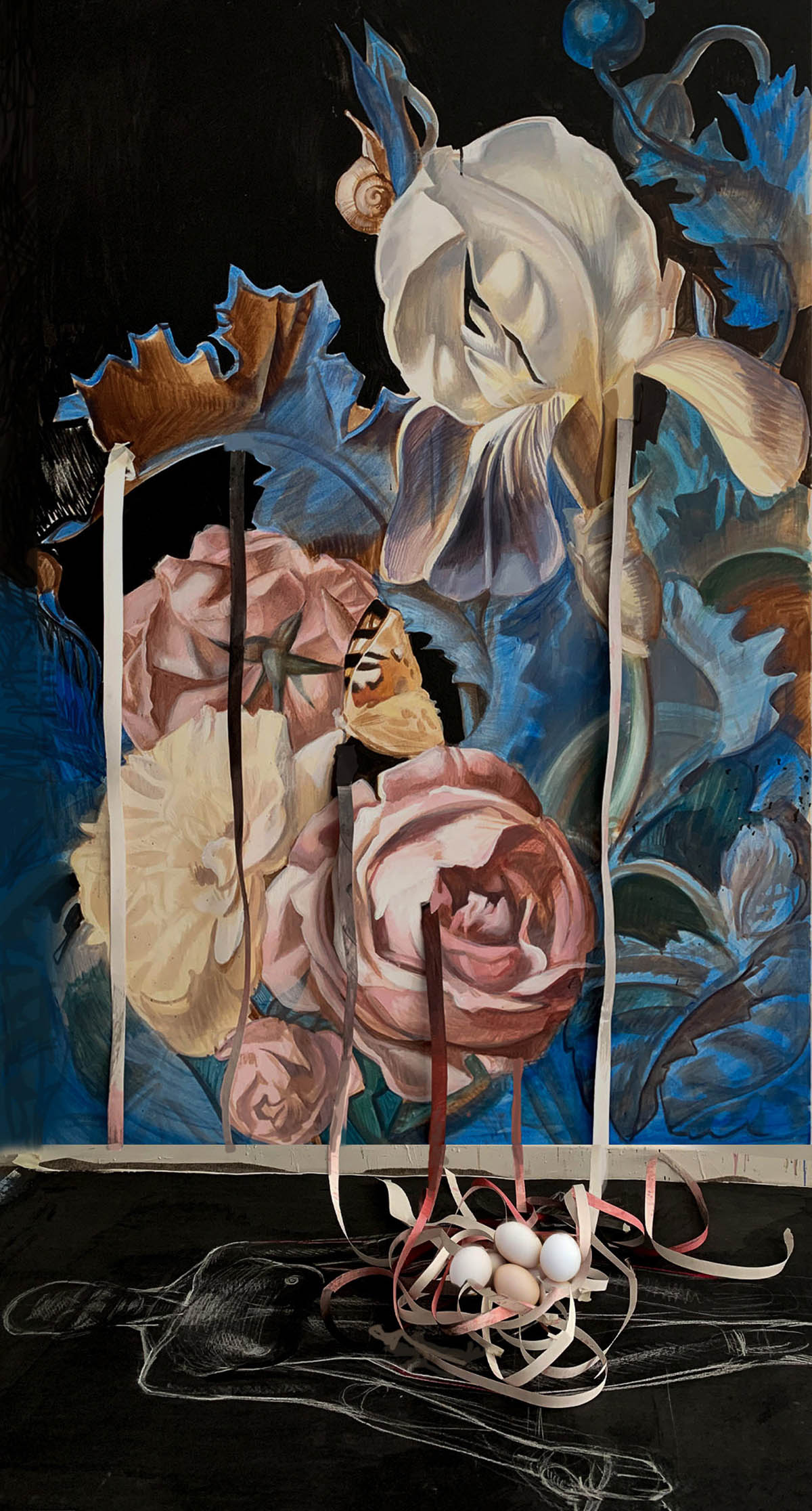
vienna russian artist
How was 2020 for you? What do you expect for 2021?
We are all going through an incredible time right now. The smallest cells of the virus, invisible to the eye, tremendously have changed the course of the entire history and the fate of each person individually. The world will never be the same for any of us, and I would like to write about my own experience and conclusions I made, being on quarantine. All changes always have both sides. As a positive side for me, I would mention my professional experience. The times of change and disaster are the most nutritious for professional artistic growth. These changes give plenty of food for the mind to reflect on, rethink and express it in artistic practice. The quarantine stopped the vanity race, organizing exhibitions in galleries and museums, applying for grants. All the plans I had arranged before cancelled or postponed indefinitely. So, the quarantine was a time for real art without any vanity or commercial ideas. I did my recent artworks sincerely, without hope for the success of the exhibition, nor did I crave for public attention to my work, because it was not clear when it will take place. It was the kind of dialogue with myself when there was no point in pretending. Not only did the pandemic give me the time to rethink and reflect on important topics for me, but also it allowed me to create several artworks without any hurry. I did a series of works called Post-pandemic society during the pandemic. In these artworks, there have been biblical references to Eden, the famous garden where humanity had lost immortality, as well as the idea that inside each of us there is a forbidden garden, we don’t let anyone in. Furthermore, I have compared the soul and garden.
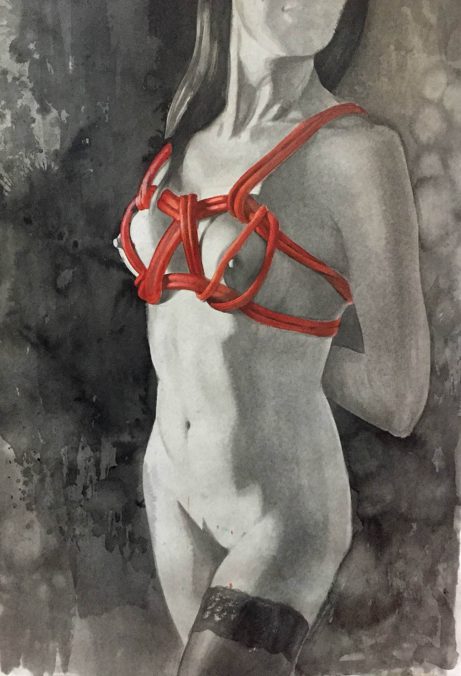
vienna russian artist 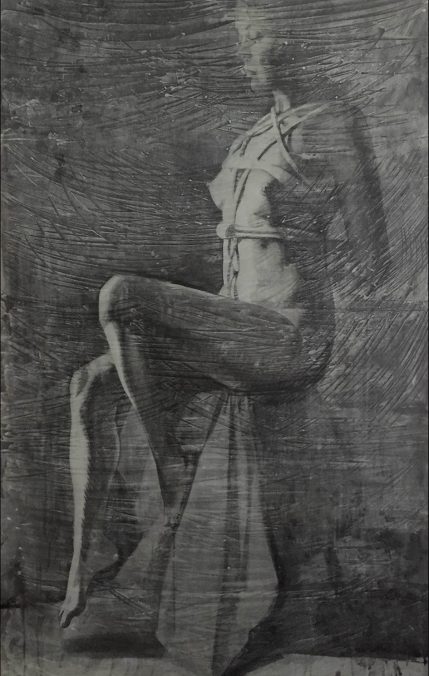
vienna russian artist 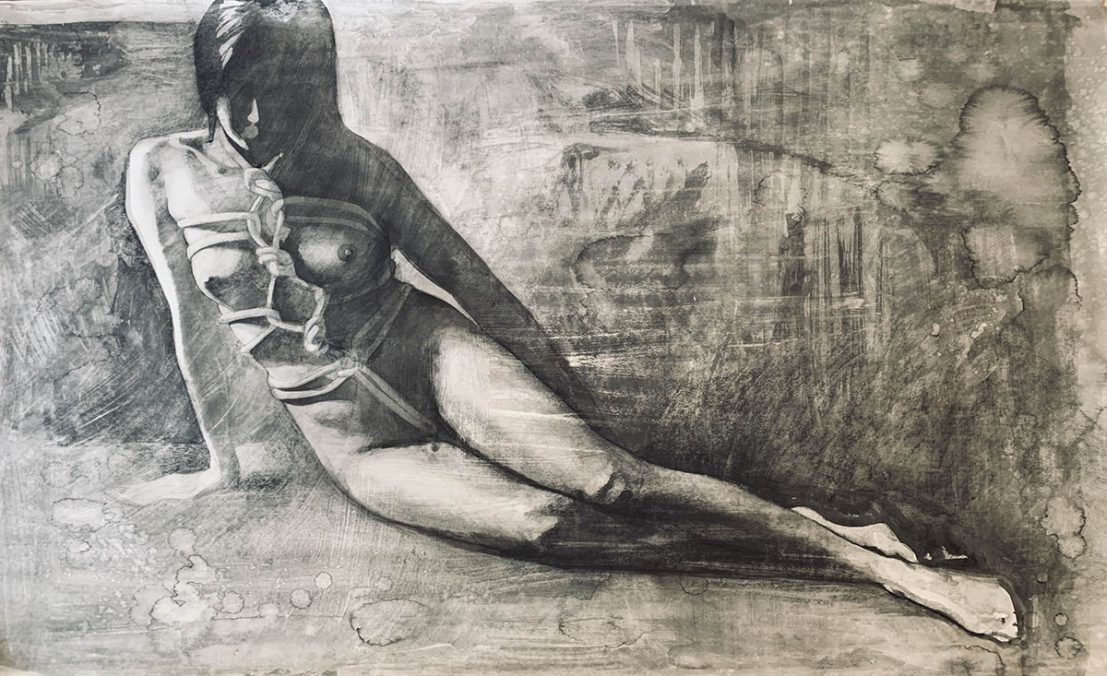
vienna russian artist
Similarly, we cultivate some features we like in ourselves as we cultivate flowers in gardens, yet some corners of our souls are abandoned like deserted corners of gardens where weeds grew. I also use the painting technique of the Baroque and Renaissance masters, people who have experienced pandemics and plague. Despite the chaos happening outside, this series of works came out one of the slender and clear in meanings, and now it is my favourite of all my series. However, of course, this is a very difficult time. Like many others, I am coping with anxiety, especially since I am worried not for myself, but for my parents who are at risk because of their age. It just drives me crazy. Of course, I am also worried about my husband, who has been transferred to remote work and has been sitting at home for such a long time. I believe it is not good for any person to be stuck at home for 8 months. None of these situations depends on me or my willing; so, the only effective way to deal with my fears and anxieties is to work and to express my thoughts in art. The period of quarantine and pandemic has been difficult in the course of history. This period is a time of loss and sorrow for the people who passed away and seriously ill. However, this time can be useful for rethinking the values in life, realizing the importance of the base values as health, the joy of communication, love and family.
Are you going to Vienna?
I am definitely going to Vienna because it is one of my favourite places in the world. I love the unique vibes of Vienna- a wonderful mix of art history and contemporary arts, outstanding theatre and music stages, friendly people and incredible architecture.
Alexandra Suvorova – alexandrasuvorova.myportfolio.com





